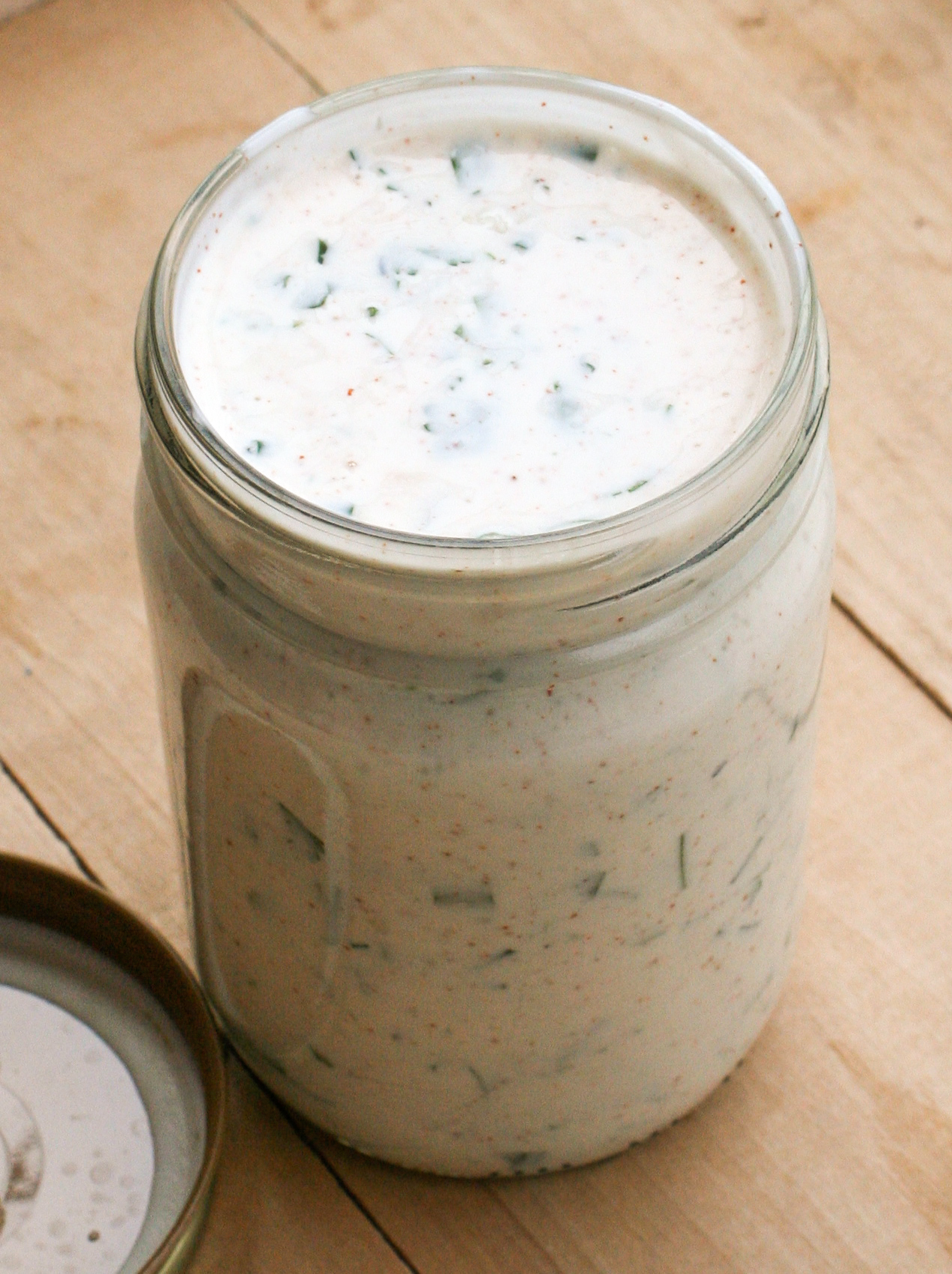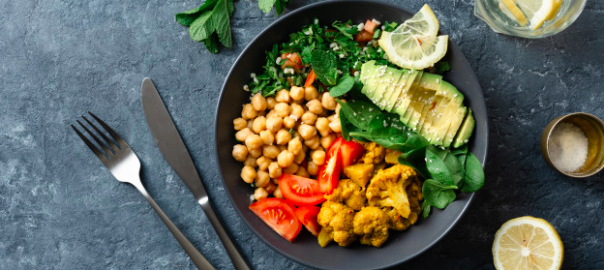As you know I spend a lot of time at the grocery store and in people's pantries looking at labels. The other day I was at a grocery store for a book signing. I was there for two days. While I obviously couldn't see every person in the grocery store I was sitting in an area where I had a pretty good field of vision for quite a few aisles. It took until halfway through the second day before I saw someone actually look at a label. I was so excited that this woman actually read the label that I ran over and told her so. Most people either simply selected their favorites or only looked at the front of the package to compare products.
Unfortunately when we shop on autopilot we don't realize what's in our food. Reading the label is the only way to know what you're really eating.
Below is a list of ingredients that belongs to a very common item found in many homes. It's also especially popular with children so they consume quite a bit of it:
Soybean Oil, Water, Egg Yolk, Sugar, Salt, Cultured Nonfat Buttermilk, Natural Flavors (Soy), Spices. Less than 1% of Dried Garlic, Dried Onion, Vinegar, Phosphoric Acid, Xanthan Gum, Modified Food Starch, Monosodium Glutamate, Artificial Flavors, Disodium Phosphate, Sorbic Acid and Calcium Disodium EDTA as Preservatives, Disodium Inosinate and Disodium Guanylate.
So what is it?
Ranch dressing. Specifically Hidden Valley Ranch. I'm not focusing on them, I simply had to pick a bottle and a label.
So let's break this label down and understand what we're looking at:
Genetically modified – the soybean oil and quite possibly the modified food starch which often comes from corn.
Sugar – added sugars in the diet increase inflammation, lower the immune system response, and, in things like dressing, are, in my opinion, not necessary.
rBGH – the buttermilk almost certainly contains this hormone which was given to the cows to make them produce more milk. Linked to an increase in IGF-1 which is linked to diabetes it's not something you want in your food.
MSG – flat out, right on the label. This ingredient may make things taste better but it can cause a wide range of symptoms from headaches, rashes, and flushing to muscle weakness and fatigue.
Artificial flavors – why would you want to eat anything fake?
Unknown ingredients – do you really know what Phosphoric Acid, Disodium Phosphate, Sorbic Acid, Calcium Disodium EDTA, Disodium Inosinate and Disodium Guanylate are? If you don't know what it is you shouldn't eat it. Just as a brief example of some of the health risks, phosphoric acid may be linked to lowered bone density, and calcium disodium EDTA is a preservative which has the potential to cause kidney damage.
I cannot recommend strongly enough how important it is to know what's in your food and to read the label.
Looking for an alternative to packaged ranch dressing? Try making your own, simple to make, fresh tasting, tangy and the flavors can be modified to be exactly to your personal preference.

Homemade Ranch Dressing
1/2 cup organic whole milk*
1 tablespoon raw apple cider vinegar
2 cloves garlic
1/2 teaspoon salt
1 tablespoon fresh chopped parsley
1 teaspoon fresh chopped chives
2 tablespoons mayonnaise
2 tablespoons organic sour cream
fresh ground black pepper to taste
Pour apple cider vinegar into milk and let sit
In a separate, wide mouth bowl place garlic and salt
Mash together with a fork until garlic turns into a paste
Add chopped herbs, mayonnaise, sour cream, and black pepper
Blend this mixture with milk, combine well
Best served immediately, however leftovers store well in the fridge for up to a week
This is delicious not only on vegetables but as an addition to mashed potatoes, as a dressing for pasta salads, and is the perfect dipping sauce for homemade wings.
*Note: there was a typo in the original which called for 1 cup of milk. That will make a very thin ranch dressing. I prefer mine a little creamier and so have amended it to reflect my initial recipe.
photo: Diádoco


